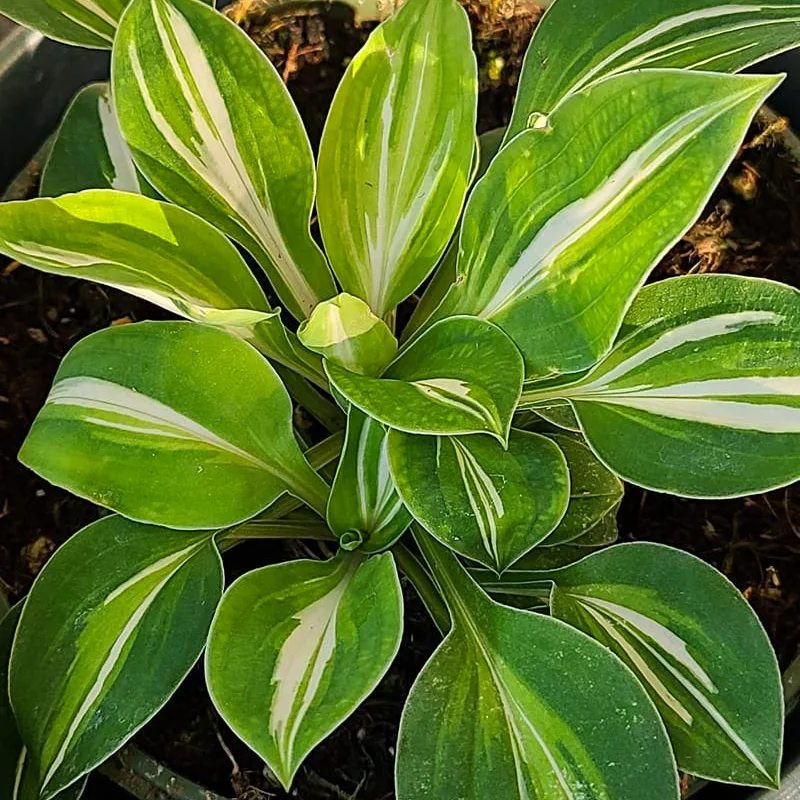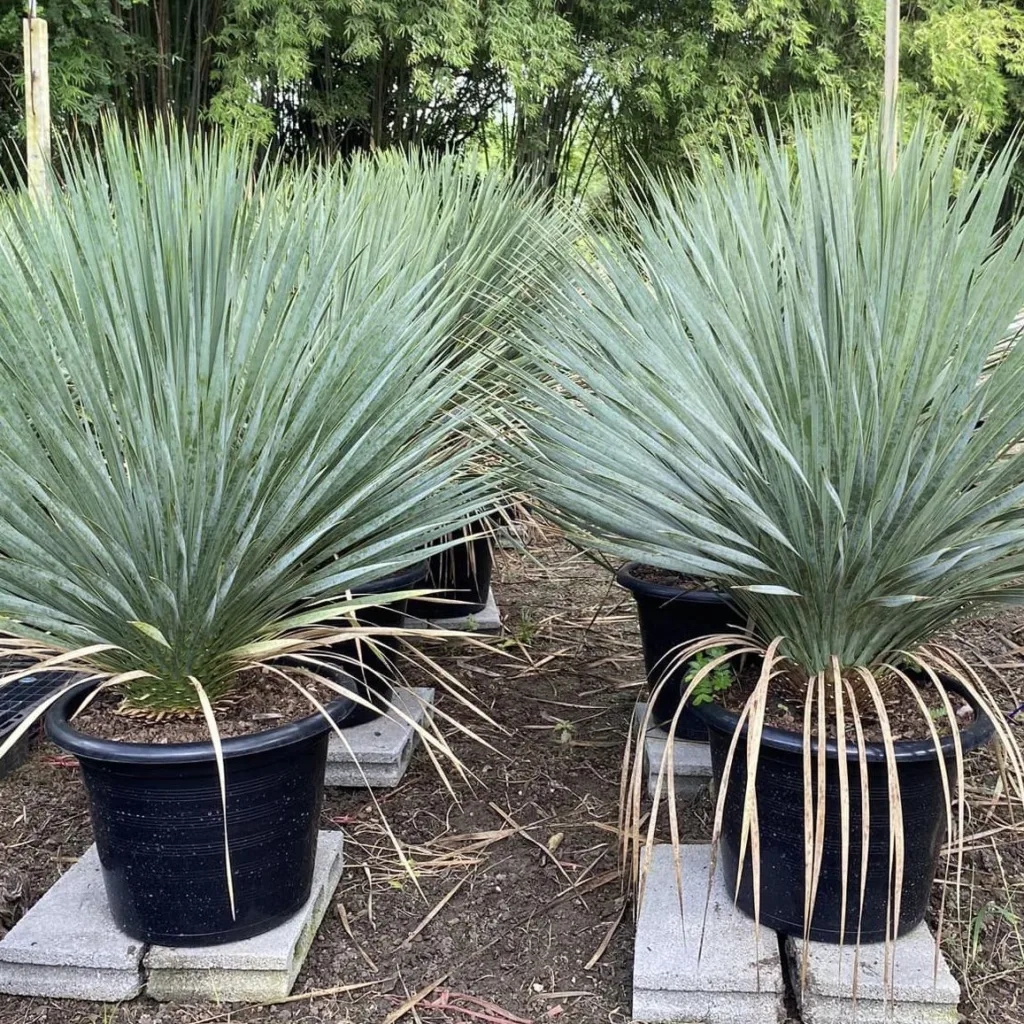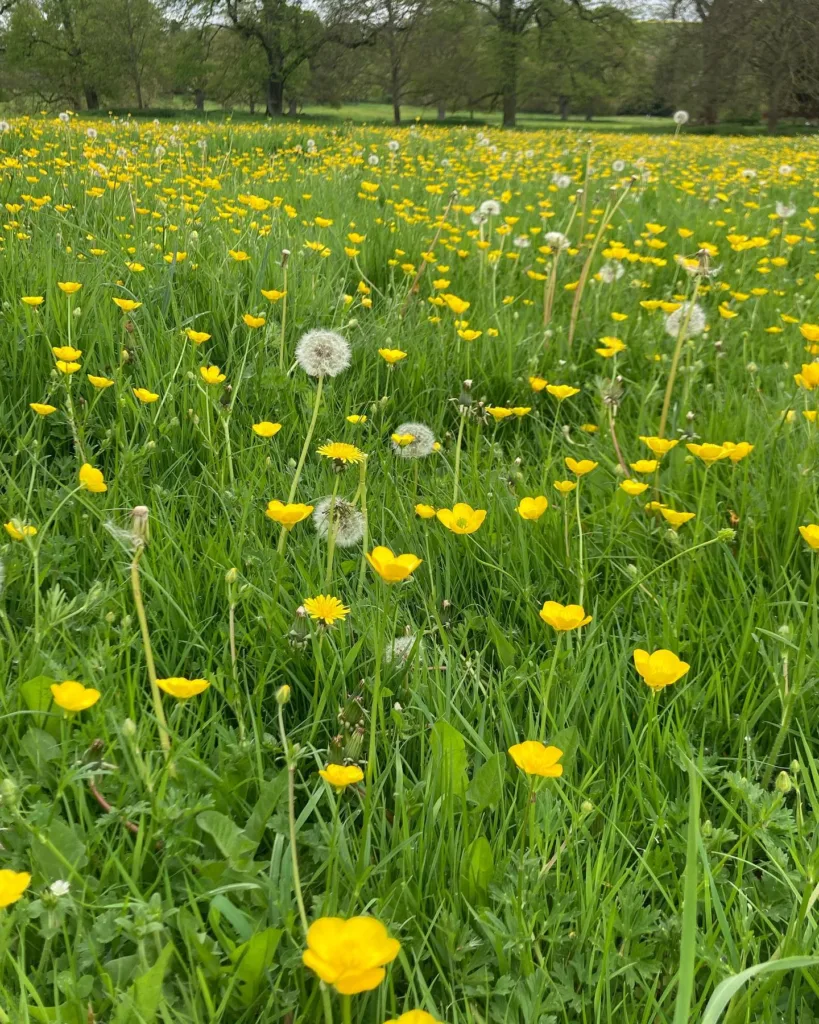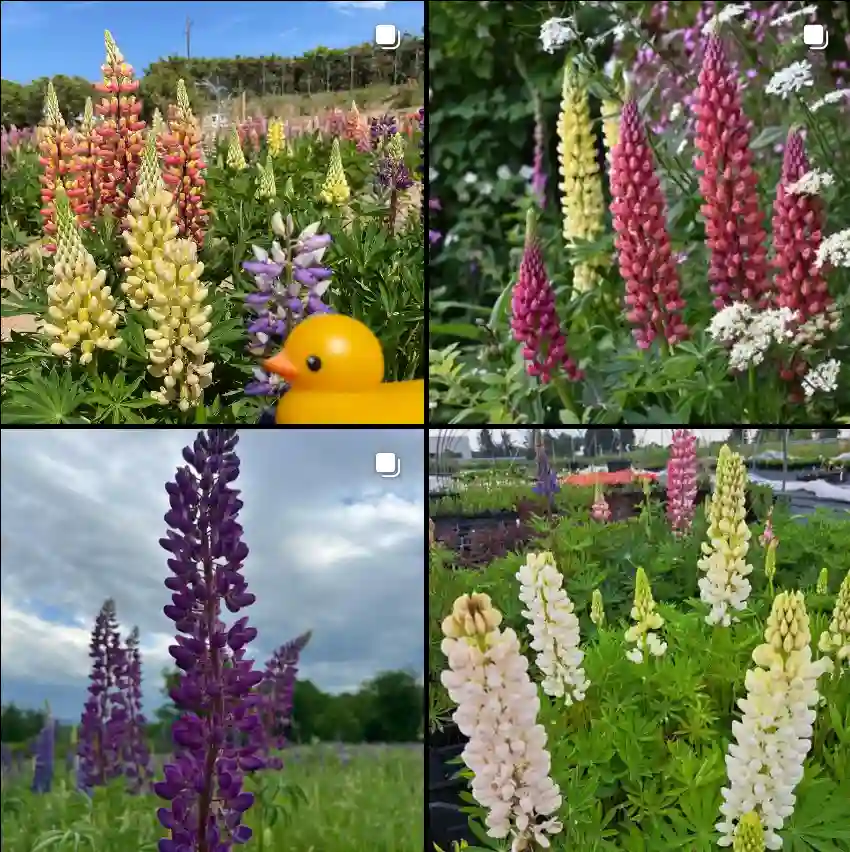
Lawsonia inermis: A Gardener’s Guide to the Henna Plant
As a gardener, I’m always on the lookout for interesting and versatile plants to add to my collection. Recently, I stumbled upon Lawsonia inermis, better known as the henna plant. This fascinating shrub has captivated me with its beautiful appearance, historical significance, and diverse uses. Today, I want to share my newfound knowledge about Lawsonia inermis with you, fellow plant enthusiasts.
What is Lawsonia inermis?
Lawsonia inermis is a flowering shrub or small tree native to North Africa, the Middle East, and parts of southern Asia. It’s known for its stunning green foliage and delicate white flowers that bloom throughout the summer. But the most intriguing aspect of Lawsonia inermis lies in its dried leaves, which contain a natural dye called lawsone. This reddish-orange dye has been used for centuries in various cultures for body art, hair coloring, and even fabric dyeing.
Can you grow Lawsonia inermis?
The good news is that Lawsonia inermis can be a fantastic addition to your garden, even if you don’t live in its native range. It thrives in warm climates with plenty of sunlight and well-drained soil. Here in my own garden, I’ve found it to be surprisingly adaptable, handling occasional dry spells well.
How to grow Lawsonia inermis?
Here are some tips for cultivating your own Lawsonia inermis:
- Starting from Seed: You can sow seeds indoors around 8 weeks before the last frost. However, germination rates can be slightly lower, so be patient.
- Starting from Cuttings: This is a more reliable method. Take semi-hardwood cuttings in early summer, dip them in rooting hormone, and plant them in a pot with well-draining potting mix.
- Light and Temperature: Lawsonia inermis thrives in full sun, so find a spot in your garden that receives at least 6-8 hours of direct sunlight daily. It prefers warm temperatures and won’t tolerate frost.
- Soil: This plant requires well-drained soil. If your garden soil is heavy clay, amend it with sand or perlite to improve drainage.
- Watering: Water your Lawsonia inermis regularly during the first growing season, especially during hot and dry periods. Once established, it becomes more drought tolerant.
- Fertilizing: For healthy growth, fertilize your Lawsonia inermis with a balanced fertilizer once or twice a year during the growing season.
- Pruning: Regular pruning encourages bushier growth and helps maintain the desired shape. Prune lightly after flowering or throughout the growing season to remove dead or overgrown branches.
What is Lawsonia inermis extract?
Lawsonia inermis extract is a concentrated form of the lawsone dye obtained from the dried leaves of the plant. This extract is used in various applications, including:
- Cosmetics: Lawson cones are made from the extract and used for temporary body art like henna tattoos and hair coloring.
- Medicinal Uses: Lawsonia inermis extract possesses some potential medicinal properties, although more research is needed. It’s traditionally used in some cultures to treat skin conditions and wounds.
- Textile Dyes: Lawsonia inermis extract produces a beautiful orange-red color that can be used to dye natural fabrics like silk, wool, and cotton.
When do I mix Cassia obovata with Lawsonia inermis?
Cassia obovata, commonly known as Senna, is another plant with uses similar to Lawsonia inermis. However, it’s important to note that these are two distinct plants with different properties.
- Lawsonia inermis: Used primarily for its natural dye (lawsone) and some potential medicinal applications.
- Cassia obovata: Known for its laxative properties.
Do not mix Cassia obovata with Lawsonia inermis for body art or hair coloring. Cassia obovata can irritate the skin and is not intended for external use.
Lawsonia inermis, with its beauty, history, and versatility, has become a cherished addition to my garden. Whether you’re interested in growing your own natural dye source, trying your hand at henna art, or simply appreciate a beautiful flowering shrub, Lawsonia inermis is definitely worth exploring. With a little care and attention, you can cultivate this fascinating plant and enjoy its unique benefits for years to come.
If i die, water my plants!



